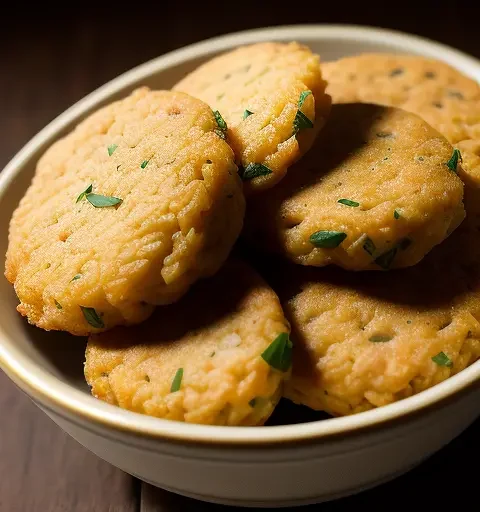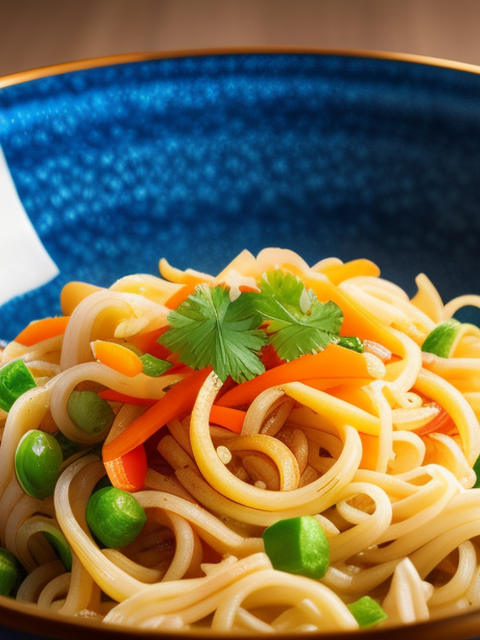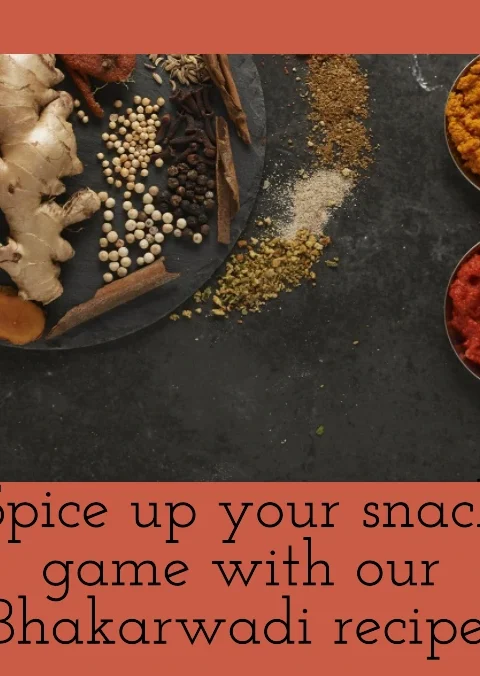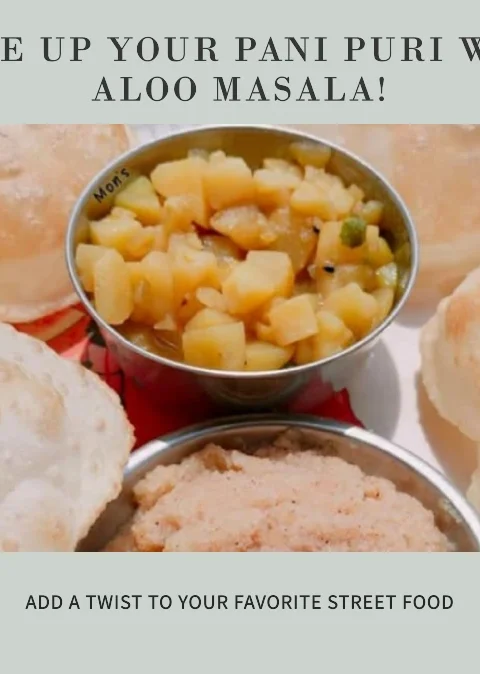Table of Contents
Discover the Rich Flavors of Avarekalu: 3 Delectable Recipes (ಅವರೆಕಾಲು ಶ್ರೀಮಂತ ರುಚಿಗಳನ್ನು ಅನ್ವೇಷಿಸಿ: 3 ರುಚಿಕರವಾದ ಪಾಕವಿಧಾನಗಳು)
Avarekalu, which is also known as hyacinth beans or field beans, is a cherished ingredient in South Indian cuisine. These versatile legumes bring a delightful nutty flavour and a touch of earthiness to dishes. In today’s blog, we’ll dive into three distinct Avarekalu recipes (Avarekalu Curry, Avarekalu Masala Vada, Avarekalu Bisi Bele Bath) that showcase the ingredient’s versatility and deliciousness.
Avarekalu Curry
Ingredients needed to make Avarekalu Curry
- 1 cup avarekalu (hydrated and peeled)
- 1 onion, finely chopped
- 2 tomatoes, pureed
- 1 teaspoon ginger-garlic paste
- 1 teaspoon cumin seeds
- 1/2 teaspoon mustard seeds
- A pinch of asafoetida (hing)
- 1/2 teaspoon turmeric powder
- 1 teaspoon red chili powder (adjust to taste)
- 1 teaspoon coriander powder
- 1/2 teaspoon garam masala
- Salt to taste
- 2 tablespoons oil
- Fresh cilantro leaves, chopped, for garnish
Directions for making Avarekalu Curry
- Heat oil in a pan and add cumin seeds, mustard seeds, and asafoetida. Once they splutter, add chopped onions and sauté until golden.
- Add ginger-garlic paste and sauté until the raw aroma disappears.
- Stir in tomato puree, turmeric powder, red chilli powder, coriander powder, and salt. Cook until the mixture thickens and the oil separates.
- Add hydrated and peeled avarekalu along with garam masala. Mix well.
- Add water and simmer until the avarekalu are tender and the curry reaches the desired consistency.
- Garnish with fresh cilantro leaves and serve the Avarekalu Curry with steamed rice or Indian bread.
Avarekalu Masala Vada
Ingredients needed to make Avarekalu Masala Vada
- 1 cup avarekalu (hydrated and peeled)
- 1 cup chana dal (split chickpeas), soaked
- 2-3 dry red chillies (adjust to taste)
- 1 teaspoon cumin seeds
- A pinch of asafoetida (hing)
- Salt to taste
- Oil for deep frying
Directions for making Avarekalu Masala Vada
- Grind chana dal, dry red chillies, cumin seeds, and asafoetida to a coarse paste without adding much water.
- Mix in hydrated and peeled avarekalu, and salt. Combine well.
- Heat oil for frying.
- Take small portions of the mixture and shape them into flat discs.
- Deep fry the vadas until they turn golden and crispy.
- Serve the Avarekalu Masala Vada as a crunchy snack with chutney or yoghurt dip.
Avarekalu Bisi Bele Bath
Ingredients needed to make Avarekalu Bisi Bele Bath
- 1 cup rice, washed and soaked
- 1/2 cup toor dal (split pigeon peas), washed and soaked
- 1 cup avarekalu (hydrated and peeled)
- 1 onion, finely chopped
- 1 carrot, diced
- 1 potato, diced
- 1/2 cup tamarind extract
- 1 teaspoon sambar powder
- 1/2 teaspoon turmeric powder
- Salt to taste
- 2 tablespoons ghee or oil
- Cashews and curry leaves for garnish
Directions for making Avarekalu Bisi Bele Bath
- Pressure-cook rice and toor dal until soft and mushy.
- In a large pot, heat ghee or oil. Add chopped onions and sauté until they turn translucent.
- Add diced carrots and potatoes. Cook until they are slightly tender.
- Mix in hydrated and peeled avarekalu, tamarind extract, sambar powder, turmeric powder, and salt.
- Add the cooked rice and dal. Mix well to combine.
- Prepare a tempering with mustard seeds, cumin seeds, dry red chillies, curry leaves, and cashews. Pour it over the rice mixture.
- Gently combine everything and let it simmer for a few minutes.
- Serve the Avarekalu Bisi Bele Bath hot, garnished with more cashews and curry leaves.
Relish the avarekalu recipes in various forms
Avarekalu brings a unique and delightful taste to these recipes. From a hearty curry to a crispy snack and a comforting rice dish, these recipes highlight the versatility of this ingredient. Incorporate Avarekalu into your culinary repertoire to experience the richness of South Indian flavours in every bite.
Remember to experiment with avarekalu in various recipes to discover the flavours and textures they can add to your dishes!
FAQs (frequently asked questions)
What are avarekalu and where are they commonly used in cooking?
Avarekalu, also known as hyacinth beans or field beans, are a type of legume widely used in Indian cuisine. They have a slightly nutty flavour and a smooth texture. Avarekalu is commonly used in various dishes like curries, stir-fries, snacks, and even in rice-based dishes.
How do I prepare avarekalu before using them in recipes?
To prepare avarekalu, start by removing the beans from their pods. Then, blanch the beans in boiling water for a few minutes and drain them. After blanching, you can easily remove the outer skin by pressing on each bean. Once the skins are removed, the avarekalu are ready to be used in your recipes.
What are some popular avarekalu recipes?
Avarekalu usli: This is a South Indian dish made by stir-frying avarekalu with spices and coconut. It’s often served as a snack or side dish.
Avarekalu Saaru: A flavorful curry made with avarekalu, coconut, and spices. It’s typically served with rice or chapati.
Avarekalu Akki Rotti: This is a type of Indian flatbread made with rice flour and avarekalu. It’s a nutritious and tasty breakfast option.
Avarekalu Upma: A variation of the traditional upma, made by adding avarekalu for extra flavour and nutrition.
Avarekalu Bisi Bele Bath: A popular Karnataka dish, bisi bele bath is a spicy rice and lentil dish that can be enhanced with the addition of avarekalu.
Can I use frozen avarekalu in recipes?
Yes, you can use frozen avarekalu in recipes as a convenient alternative to fresh ones. Frozen avarekalu are usually blanched and ready to use. Just make sure to follow the cooking instructions on the package and adjust your recipe accordingly.
Are avarekalu nutritious?
Yes, avarekalu are nutritious. They are a good source of protein, dietary fibre, and various vitamins and minerals such as folate, iron, and potassium. Including avarekalu in your diet can contribute to a balanced and healthy meal plan.



